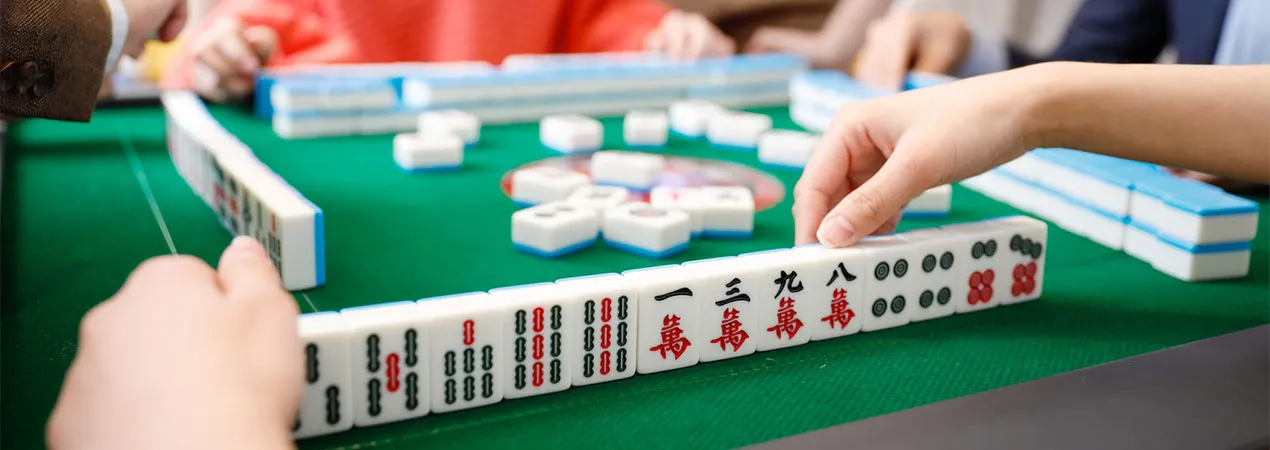I chose the traditional Chinese tile-based game, Mahjong, to play as my game of chance. I have always wanted to play this game because of its significance to my ancestors and its popularity around the world. I played this game online against bots, but the game is typically played amongst four players. The game consists of 144 tiles and the objective is to pick up and discard tiles in order to obtain certain sequences of tiles. 
The game begins with shuffling the tiles, resulting in a random distribution when dealt to the players. The players receive these tiles based on chance, creating a foundation for how the player will strategize and move around the game. They then each build a wall with these tiles in front of them and a dice is rolled to determine who plays first. Each player then draws 13 tiles. Throughout the game, the players take turns to draw or discard tiles. In order to win Mahjong, a player needs to form four suits (sequences of tiles: chi, pong, gong) and a pair (two of the same tiles).
The game’s strategic complexity is one of the reasons the game is highly addictive and has spread from China across the globe. The multiple layers of strategy in the game make players feel a need to master the initial randomness of the game. While there is randomness at the beginning, the game’s outcome ultimately depends on the players’ decision making throughout the game. This unique aspect makes the game more enjoyable to those who enjoy using skill and luck. Compared to other games of chance, such as Poker, Mahjong is more of a strategic decision based game rather than making decisions based on other people’s actions.



